10 March 2025
Rock climbing is more than just a hobby or a sport—it’s a full-body workout that demands high levels of strength, endurance, and mental focus. But if there’s one thing every climber knows, it’s this: grip strength and core power are essential. Without them, even the simplest climbs can feel like pulling yourself up a mountain with spaghetti arms. So, how do you ensure your body is up for the challenge?
In this article, we’ll dive deep into strength training for rock climbers, focusing on exercises that help build grip and core power. Whether you’re just starting out or are a seasoned climber looking to up your game, these training tips will help you scale new heights—literally!
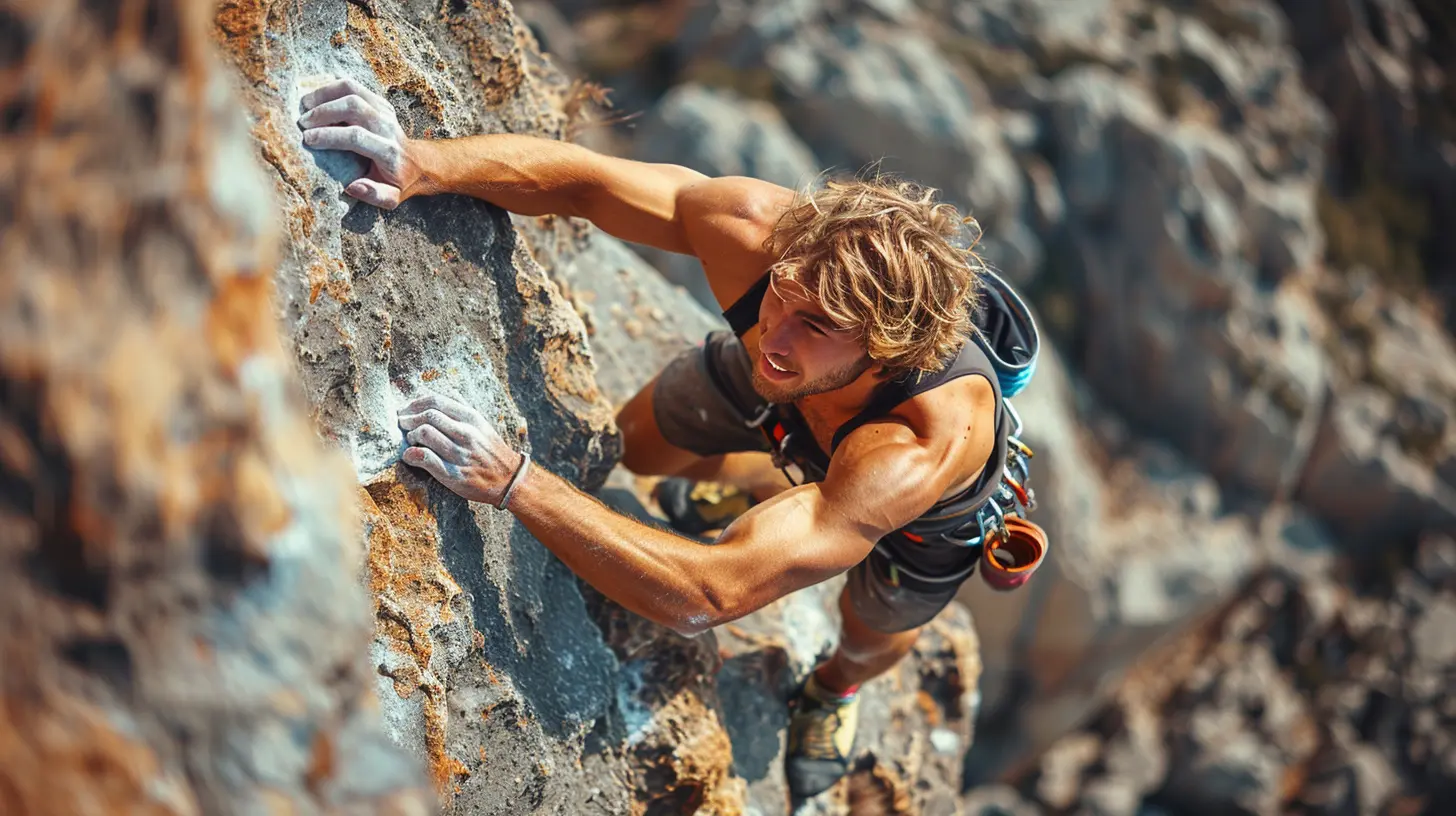
Why Grip Strength and Core Power Matter in Rock Climbing
When you’re hanging onto a rock face, your grip strength is the only thing stopping you from falling. But it’s not just about holding on for dear life. Grip strength helps you keep control, allowing you to make precise movements, conserve energy, and avoid injury. Meanwhile, core power is the foundation of all your movements—whether you're reaching for the next hold or pulling yourself up, your core is always engaged.In short, you need iron-clad grip strength and a rock-solid core if you want to excel in climbing. And the good news? You can train both in the gym.

The Role of Strength Training in Rock Climbing
Climbing is a complex sport that requires more than just brute strength. Sure, having strong arms and legs helps, but it’s the synergy of your entire body that truly matters. Strength training for rock climbers isn’t about bulking up like a bodybuilder—it’s about functional strength. Think of it as the difference between a sprinter and a marathon runner. One is all about short bursts of power, while the other has to maintain endurance over long distances.Strength training for climbing focuses on four key areas:
1. Grip strength
2. Core power
3. Upper body strength
4. Lower body mobility
Today, we’re zooming in on the first two: grip and core. Let’s get into the nitty-gritty of how to train these crucial muscle groups.
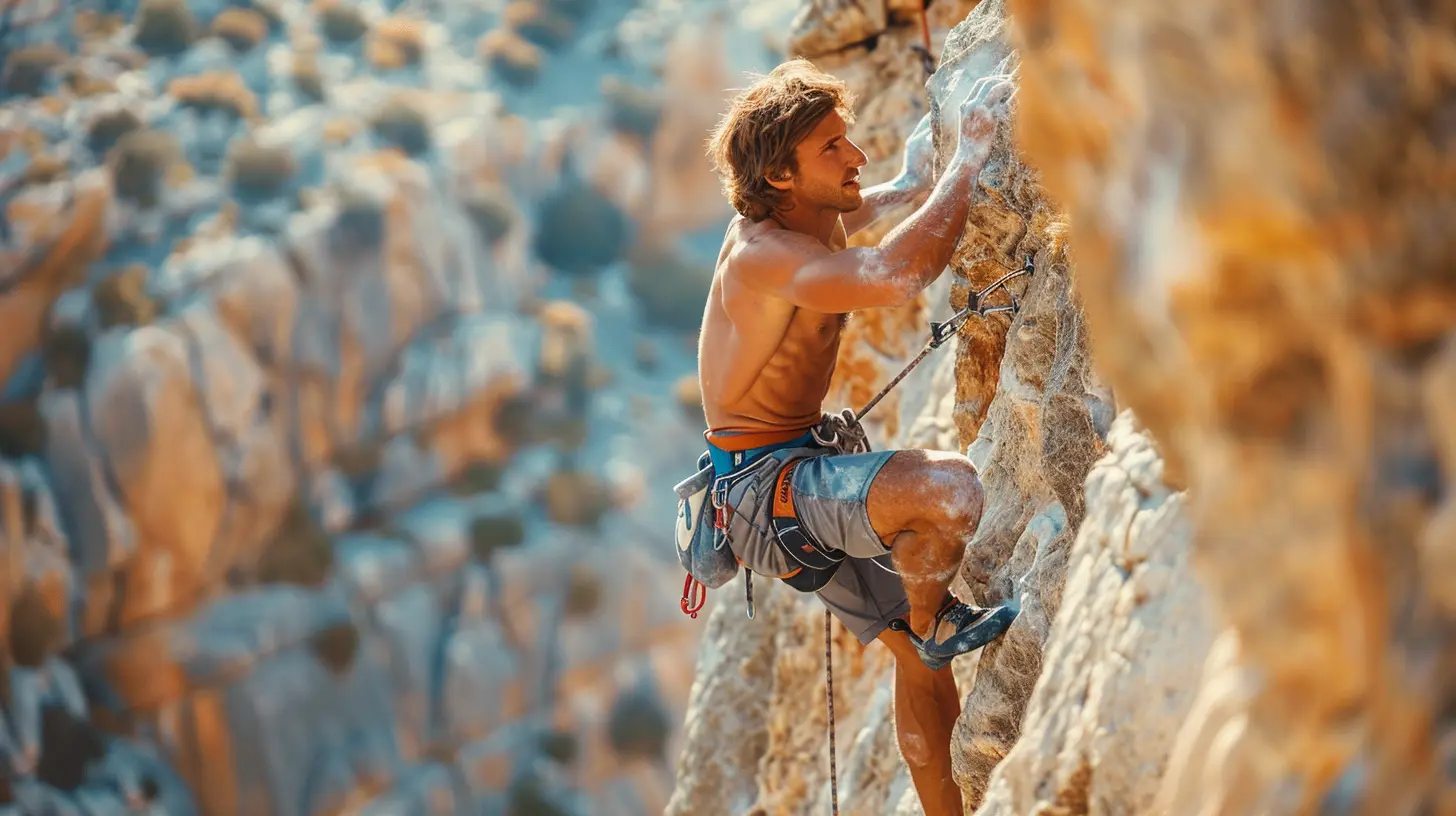
Building Grip Strength for Rock Climbers
1. Dead Hangs: The Foundation of Grip Strength
Ever tried hanging from a pull-up bar for longer than 20 seconds? It’s harder than it looks. Dead hangs are one of the simplest and most effective ways to build grip strength, and they directly translate to climbing performance.How to do it:
- Grab a pull-up bar with an overhand grip.
- Let your body hang freely, keeping your arms slightly bent.
- Engage your core to avoid swinging.
- Hold this position for as long as you can.
Start with sets of 10-15 seconds and gradually increase the time as your grip improves. And if you want to take it to the next level, try one-arm dead hangs (trust me, they’re brutal but worth it).
2. Fingerboard Training: Targeting Specific Grip Muscles
Fingerboards (or hangboards) are a climber’s best friend when it comes to grip training. They allow you to work on specific grip types, such as crimping, pinching, and open-hand grips, which mimic the holds you’ll encounter on a climb.How to do it:
- Warm up your fingers thoroughly. This is crucial to avoid injury.
- Choose a grip (e.g., crimp, pinch, or open hand) and hang from the corresponding holds on the fingerboard.
- Keep your arms slightly bent and engage your core.
- Hold for 5-10 seconds, rest, and repeat.
Fingerboard training is intense, so start slowly and build up over time. Consistency is key here—don’t rush it, or you may end up with an injury that keeps you off the wall for weeks.
3. Farmer’s Walk: Grip Endurance and Core Stability
The farmer’s walk is a fantastic all-around exercise for grip strength and core stability. It’s as simple as it sounds—carry heavy weights in each hand and walk. But don’t let the simplicity fool you; this exercise will challenge your grip endurance and work your core at the same time.How to do it:
- Grab two heavy dumbbells or kettlebells.
- Stand tall with your shoulders back and core engaged.
- Walk a set distance (e.g., 20-30 meters) or for a set time (e.g., 30-60 seconds).
- Repeat for 3-5 sets.
Pro tip: If you want to increase the difficulty, try using a fat bar or grip the weights with a towel. This will make holding onto the weights much harder and take your grip strength to the next level.
4. Towel Pull-Ups: Increasing Grip Difficulty
Towel pull-ups are an advanced grip exercise that mimics the type of holds you’ll find on a rock wall. By gripping a towel, you’re forced to engage your forearms and fingers in a way that regular pull-ups don’t require.How to do it:
- Drape a towel over a pull-up bar and hold onto each end.
- Perform a pull-up, pulling your chin above the bar.
- Lower yourself back down in a controlled manner.
- Aim for 3-5 sets of 5-10 reps.
If you’re finding this too challenging, start by just hanging from the towel for as long as you can. Over time, you’ll build the strength needed to do full pull-ups.
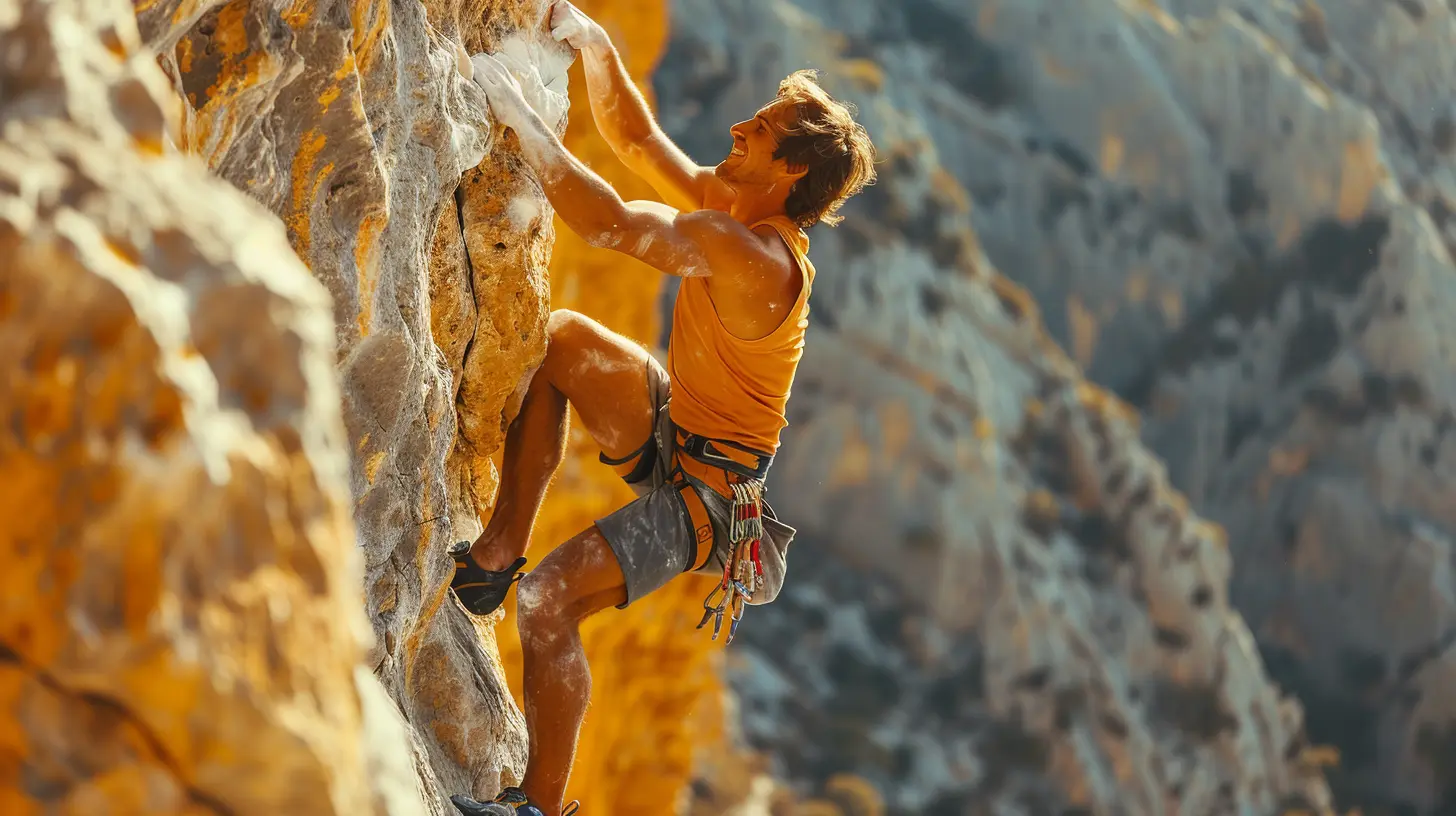
Building Core Power for Rock Climbers
1. Planks: The Core Staple
Planks are a go-to exercise for building overall core strength and stability. While they might seem basic, they’re incredibly effective for rock climbers. A strong core helps you stay balanced and controlled when you’re moving between holds.How to do it:
- Get into a push-up position but rest on your forearms.
- Keep your body in a straight line from your head to your heels.
- Engage your core and hold this position for as long as possible.
Start with 30-second holds and work your way up to 1-2 minutes. To make it harder, try side planks or add leg lifts.
2. L-Sit: Core Control and Mobility
The L-sit is a more advanced core exercise that targets your abs, hip flexors, and lower back. It’s particularly useful for climbers because it mimics the body tension you need when doing high feet moves or flagging.How to do it:
- Sit on the ground with your legs extended in front of you.
- Place your hands on the ground beside your hips.
- Press into your hands and lift your body off the ground, keeping your legs straight.
- Hold for as long as you can, aiming for 10-20 seconds to start.
This exercise is tough, but it’s a fantastic way to build core strength and control. If you’re struggling, try bending your knees slightly until you build up strength.
3. Russian Twists: Rotational Core Strength
Climbing isn’t just about moving up and down—it involves plenty of twisting and turning. Russian twists target the obliques, helping you develop the rotational strength needed for dynamic climbing moves.How to do it:
- Sit on the ground with your knees bent and feet flat.
- Lean back slightly and lift your feet off the ground.
- Hold a weight (or just clasp your hands together) and twist your torso to the right, then to the left.
- Repeat for 15-20 reps on each side.
To make it harder, increase the weight or slow down your movements for more control.
4. Hanging Leg Raises: Advanced Core Strength
Hanging leg raises are a fantastic way to develop core strength, particularly in your lower abs. They also engage your hip flexors, which are crucial for high steps and heel hooks in climbing.How to do it:
- Hang from a pull-up bar with your arms slightly bent.
- Keeping your legs straight, lift them up until they’re parallel to the ground (or higher if you can).
- Lower your legs back down in a controlled manner.
- Aim for 3 sets of 10-15 reps.
If you’re not quite there yet, start with bent-knee raises and gradually work your way up to straight-leg raises.
Putting It All Together: A Weekly Strength Training Routine
Now that you’ve got a solid list of exercises, how do you put them together into a routine? Here’s an example of a weekly strength training plan focused on grip strength and core power:Day 1: Grip Focus
- Dead Hangs: 5 sets of max hold
- Fingerboard Training: 3 sets of 5-10 second hangs
- Farmer’s Walk: 4 sets of 30 meters
- Towel Pull-Ups: 3 sets of 5-8 reps
Day 2: Core Focus
- Planks: 3 sets of 1-minute holds
- L-Sits: 4 sets of 10-20 seconds
- Russian Twists: 3 sets of 20 reps
- Hanging Leg Raises: 3 sets of 10-12 reps
Day 3: Rest or Active Recovery
Day 4: Full-Body Climbing Session
Day 5: Repeat Day 1 or 2
Feel free to adjust the sets, reps, and exercises based on your current fitness level. The goal is to gradually increase the intensity and duration as you get stronger.
Conclusion
Strength training for rock climbers is all about developing functional power that translates directly to the wall. By focusing on grip strength and core power, you’ll not only improve your climbing performance but also reduce your risk of injury. Remember, consistency is key—stick with these exercises and you’ll see improvements in no time.So, are you ready to take your climbing to the next level? Get started with these exercises, and soon enough, you’ll be crushing climbs that once seemed impossible.




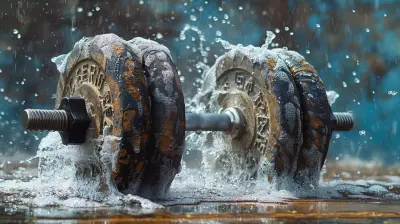
![The Heart and Hustle of [Player Name]: A Profile in Perseverance](/pictures/blog/small/the-heart-and-hustle-of-player-name-a-profile-in-perseverance_1.webp)


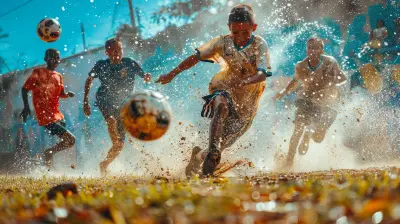


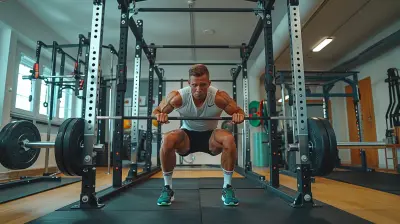

Tabitha Young
This article effectively highlights the critical role of grip and core strength in enhancing climbing performance and injury prevention.
March 29, 2025 at 12:36 PM